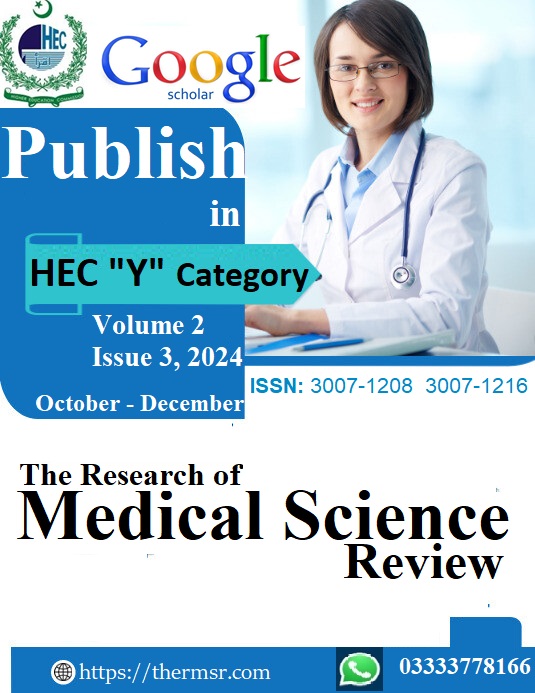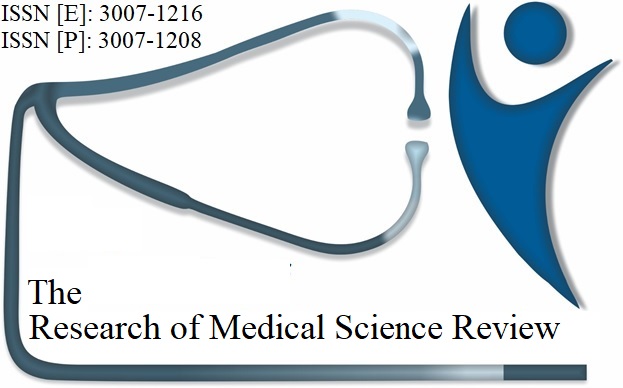CHANGES IN GANGLION CELL LAYER DENSITY BEFORE AND AFTER VITRECTOMY WITH GAS VS SILICON OIL
Keywords:
Fintech, Financial InstitutionsAbstract
Introduction: Vitrectomy is a common surgical procedure used to treat various vitreoretinal disorders, such as retinal detachment, macular hole, and diabetic retinopathy
Objective: To compare the changes in ganglion cell layer (GCL) density and visual outcomes in patients undergoing vitrectomy with gas (C3F8) versus silicone oil tamponades.
Methods: This randomized controlled trial was conducted at the Retina Eye Clinic, POB Eye Hospital. Sixty patients were randomly assigned to two groups: Group A (C3F8 gas tamponade) and Group B (1000 cs silicone oil tamponade). Preoperative and postoperative GCL thickness were measured using optical coherence tomography (OCT) over a 12-week follow-up period. Visual acuity (LogMAR) and retinal reattachment rates were also evaluated.
Results: Group A showed significantly less reduction in GCL thickness (-3.3 ± 1.8 µm) compared to Group B (-11.6 ± 2.1 µm, p < 0.001). Postoperative visual acuity was better in the gas group (0.30 ± 0.05) than the silicone oil group (0.45 ± 0.08, p < 0.001). The visual improvement rate was higher in Group A (82%) compared to Group B (68%, p = 0.04). Retinal reattachment rates were comparable between the groups (95% vs. 93%, p = 0.67).
Conclusion: It is concluded that vitrectomy with gas tamponade provides superior preservation of GCL thickness and better visual outcomes compared to silicone oil. These findings highlight the importance of individualized tamponade selection based on patient-specific requirements. Further studies are needed to validate these results and explore long-term outcomes.
Downloads
Downloads
Published
Issue
Section
License

This work is licensed under a Creative Commons Attribution-NonCommercial-NoDerivatives 4.0 International License.














